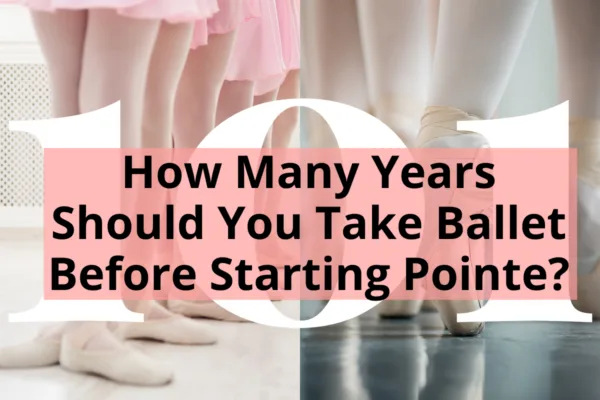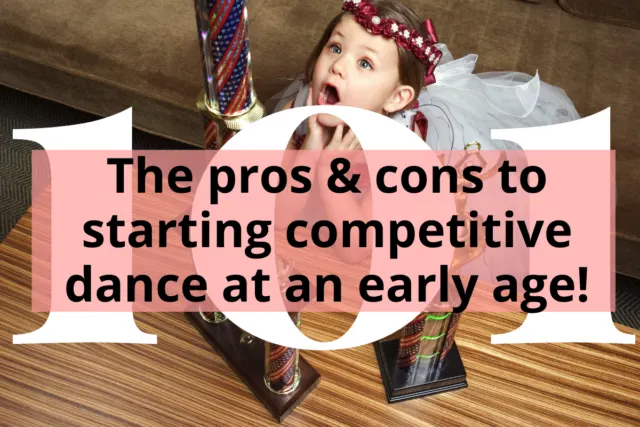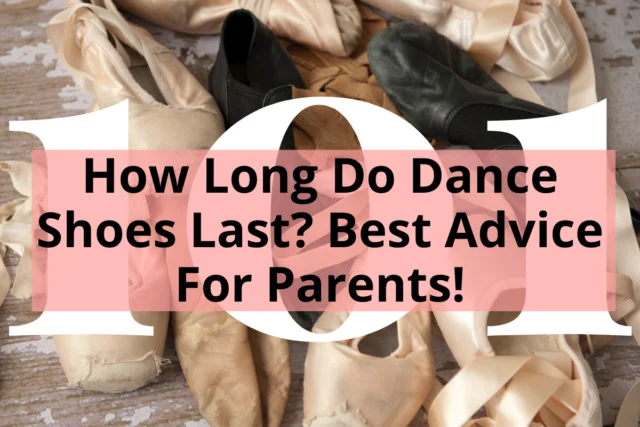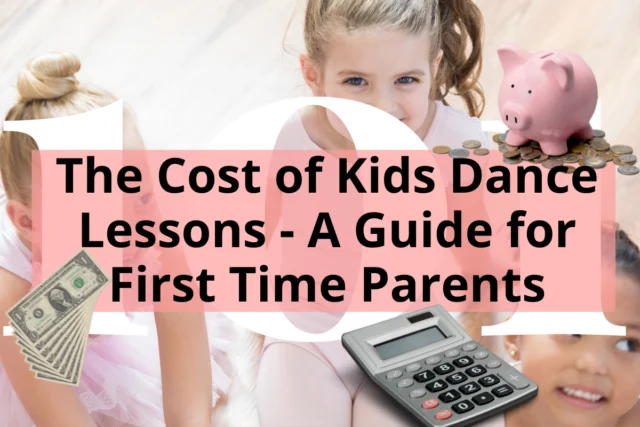By Samantha Bellerose, B.Ed, Dip.Dance(Performing Arts)
My children started ballet when they were toddlers. I enjoyed watching them twirl in their colorful tutus, leap as high as their little legs would let them, and skip around the floor with their dance friends while I snapped hundreds of pictures. But little did I know that this early exposure to ballet would give my children advantages, not only in dance but an overall boost to their confidence and development.
Children who have early exposure to ballet can develop increased strength, flexibility, and self-confidence. Ballet also gives children an outlet for creative expression, a sense of teamwork, and sets a solid foundation for a healthy lifestyle through adulthood.

- Is Ballet Good for Your Child?
- Increased Strength and Flexibility
- Enhanced Coordination and Balance Through Ballet
- A Perfect Confidence Booster
- Ballet Builds Endurance
- Ballet and Teamwork
- A Good Foundation For Other Types of Dance
- Creating a Healthy Lifestyle
- Ballet is the Perfect Creative Outlet
- The Earlier the Exposure to Ballet the Better
- Useful Resources
- Further Reading on the website
Is Ballet Good for Your Child?
The short answer to this question is, yes! Ballet is an amazing tool to help children develop physically and socially. As children age, their bodies experience natural changes and go through a series of developmental milestones. Ballet enhances their physical development by increasing their strength and flexibility and promoting muscle development. Ballet also helps with balance and coordination.
Socially, ballet gives children exposure to cooperative learning and teamwork as well as fosters healthy habits of consistent exercise.
Increased Strength and Flexibility
There is a grace and fluidity in ballet and professional dancers seem to move effortlessly. However, in reality, ballet is strenuous and requires a tremendous amount of strength to successfully master each skill and to gain ease with the movements. An early introduction to ballet will help children with their muscle development.
Flexibility is key to overall health and well-being and is vital for movement in ballet. With proper flexibility, a person can avoid serious injury or will have a quicker recovery time in the event of injury. An early exposure to ballet gives young dancers a head start on developing and maintaining their flexibility which is a great foundation for a healthy future.
Most adult dancers would agree that their flexibility is the most important aspect to being a great dancer. Dancers that are stiff can seem very uncomfortable in their movement and their dancing lacks the ease that is synonymous with most styles of dance.
Even American football coaches see the importance of flexibility and how useful ballet is for their athletes. It is often a stereotype that is portrayed on television shows and in the movies, but many football players have been required to take ballet courses to improve their flexibility. They are great athletes on the field but their bodies are prone to serious injury if they do not combine their training with the proper flexibility that is built into ballet. All children, even if their sport of choice is not dance, benefit from ballet lessons.
Enhanced Coordination and Balance Through Ballet
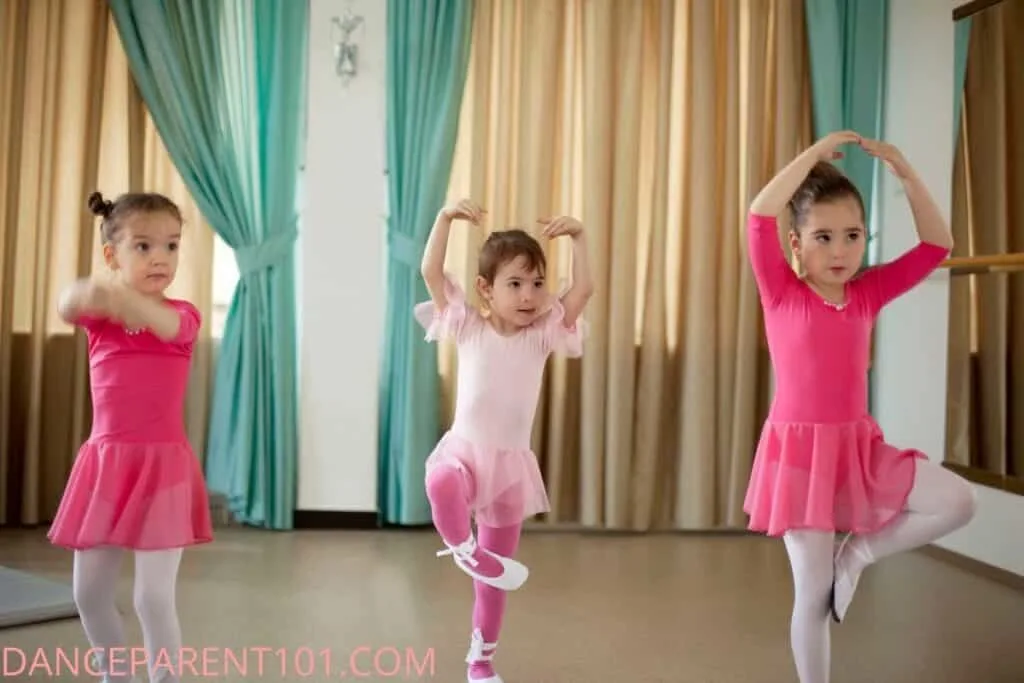
The consistent repetition that is found in ballet creates muscle memory in children’s developing brains. Over time, with consistent practice, ballet movements become automatic and allows dancers to move with ease.
Children experience many milestones as they age. There is a natural physical development that their bodies will experience and will be strengthened through ballet training. Gross motor skills include walking, running, kicking and throwing a ball, jumping, and climbing. Ballet gives children more practice to fine-tune these motor skills through the dance movements which only enhances their development.
Balance is important for healthy mobility but something that children may not be consistently exposed to unless they are involved in sports such as dance or gymnastics. The movements taught in ballet rely on proper balance which can greatly benefit young children.
A Perfect Confidence Booster
Just like learning to ride a bike, tying their shoes, or successfully passing a test on multiplication, children add to their self-confidence when they master a new skill or accomplish a goal that they set for themselves.
When children learn a new skill, they beam with pride. There is a joy in being presented with something new, grasping this skill, and being able to showcase this new knowledge to others. Ballet presents children with movements that they do not naturally do and acquiring these moves increases their confidence.
The confidence young dancers have usually makes them stand out from their peers. They are the children with their heads held high and their shoulders back. They often are comfortable or are calm when presenting in front of their classmates. Young dancers are often also quick, responsive thinkers, as experience dancing forces one to pivot quickly or change course when they make a mistake.
The unique brand of confidence and ability to change course when needed,are skills that children gain as a result of their preparation through dance. Ballet, and dancing in general, makes focused preparation a key factor to success.
Ballet Builds Endurance
Dancers learn at an early age that nothing they do in the studio will be a quick process. Rehearsals for a show or competition can take weeks or even months to prepare. One routine will be repeated hundreds of times before the instructors feel confident enough to have their dancers perform their piece in front of an audience.
This repetition is understood and expected in the dance studio. Even when not preparing to perform, dancers will take up to 30 minutes in an hour-long class simply stretching their bodies in preparation for rehearsal. Children who are exposed to ballet learn this early and this sentiment carries over into other aspects of their lives. Children who dance have the endurance to manage other tasks in their lives that may require additional time, constant practice, and patience to get it right.
Ballet and Teamwork
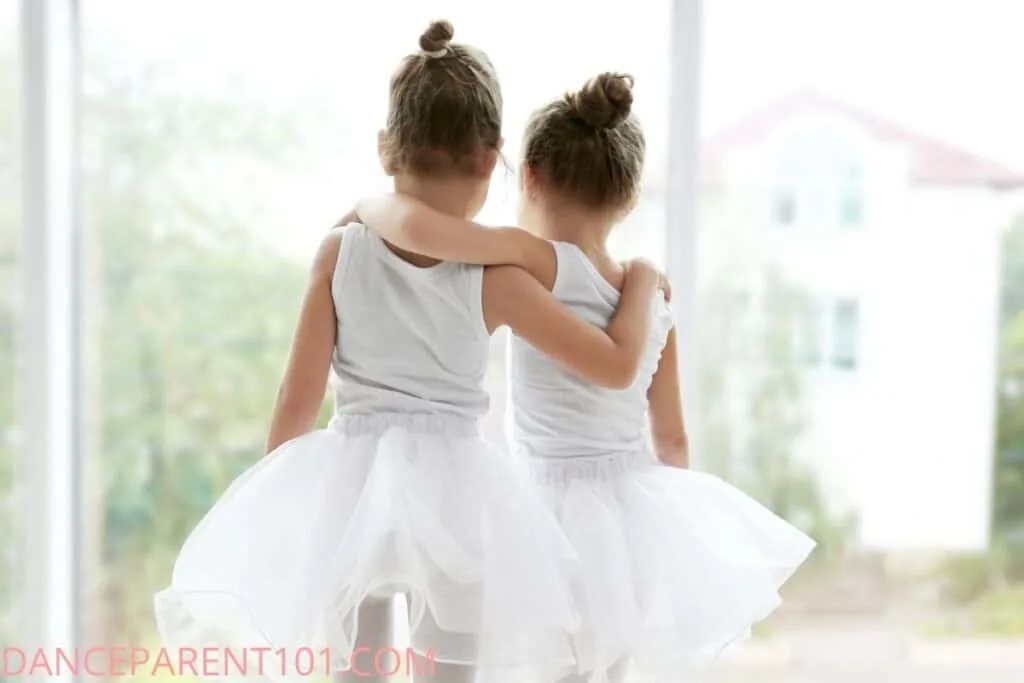
Many people do not see ballet, or dance in general, as a sport in the same way that lacrosse, soccer, or rugby are team sports. However, ballet and most genres of dance when conducted in a group setting, are opportunities for teamwork and cooperative learning.
Learning a new skill, or rehearsing a routine that requires everyone to be in unison, not only allows children to be aware of themselves and their body but they are required to pay attention to their peers to ensure that they move together as a unit.
Rehearing together takes patience as a routine will need to be redone countless times. Dance teaches young children perseverance and endurance as well as gives them the opportunity to experience joy when the group finds their rhythm as a team and moves in sync with each other.
Children can also be very self-focused at a young age and the early exposure to a team environment gives them an advantage of working on those imperative social and cooperative skills at a young age.
A Good Foundation For Other Types of Dance
At many dance studios around the world, ballet is the universal foundation for anyone who is interested in dance.
The training that dancers receive from ballet sets them up for success within any other dance style as this disciplined genre gives children a solid dance foundation. While ballet is just as physically intense as any other form of dance, the exposure to ballet will prepare younger bodies to handle the requirements of jazz, contemporary, tap, or hip hop.
Creating a Healthy Lifestyle
Many ballet studios have classes available for children as young as 18 months. There are many benefits for starting children in ballet this early but one of the most important is creating healthy habits that will last children a lifetime.
Every parent wants their child to be happy and healthy. A part of setting those healthy habits into place is establishing a proper, nutritious diet coupled with consistent exercise. Ballet classes for children are the perfect balance of exercise and fun, making these classes a great way to foster the healthy habits they need.
With the focus on form, strength, and flexibility, children who take ballet classes have a keen body understanding and are cognisant of their body’s abilities. This extra awareness also gives them a deeper understanding of what their body needs which leads to them making better food choices and maintaining proper hydration.
Ballet is the Perfect Creative Outlet
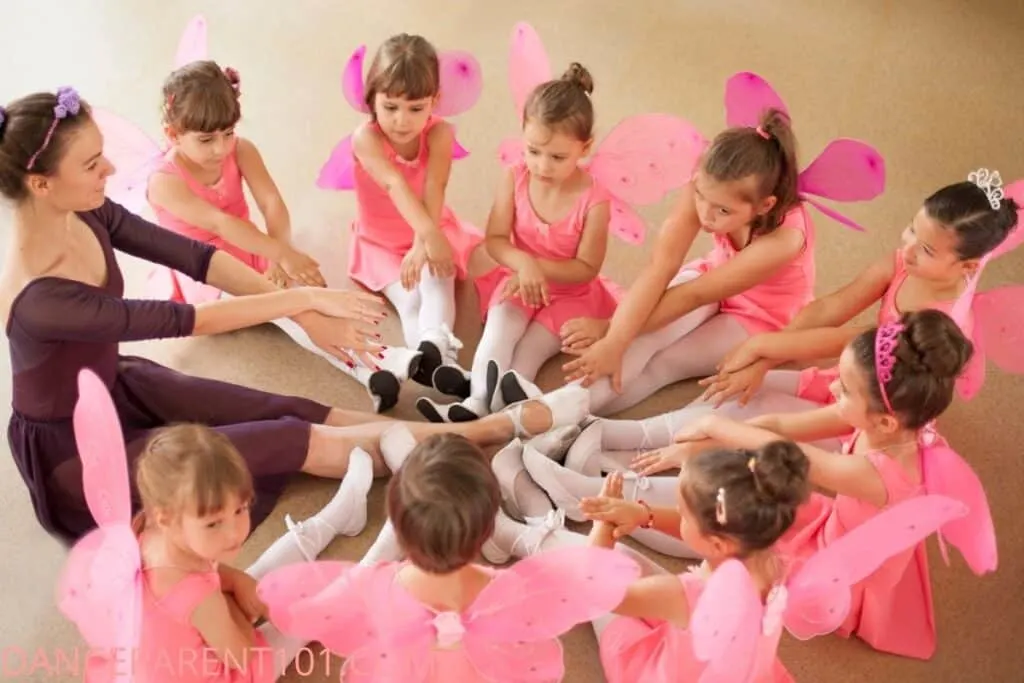
Encouraging children to express themselves through art is another way to build their confidence and self-esteem. Art is so diverse and vast that children should have exposure to everything from painting and sculpture to writing and acting.
Dance is a wonderful art form that is the perfect creative outlet for children. It allows children to use their entire bodies to express themselves while also growing their love and appreciation for music.
The Earlier the Exposure to Ballet the Better
With children having the opportunity of gaining so many benefits through ballet training, it is ideal to begin ballet classes as early as possible. It is better for children to have a longer exposure to positive experiences that set great habits.
As children develop, both emotionally and physically, the structure, discipline, and healthy practices will benefit a child through every stage of their development. While there is never a wrong age to get your child started in ballet, early exposure is ideal.
Useful Resources
For additional information about the positive benefits for early ballet exposure for children, check out:
https://www.sportsrec.com/5689988/the-benefits-of-dance-for-kids


